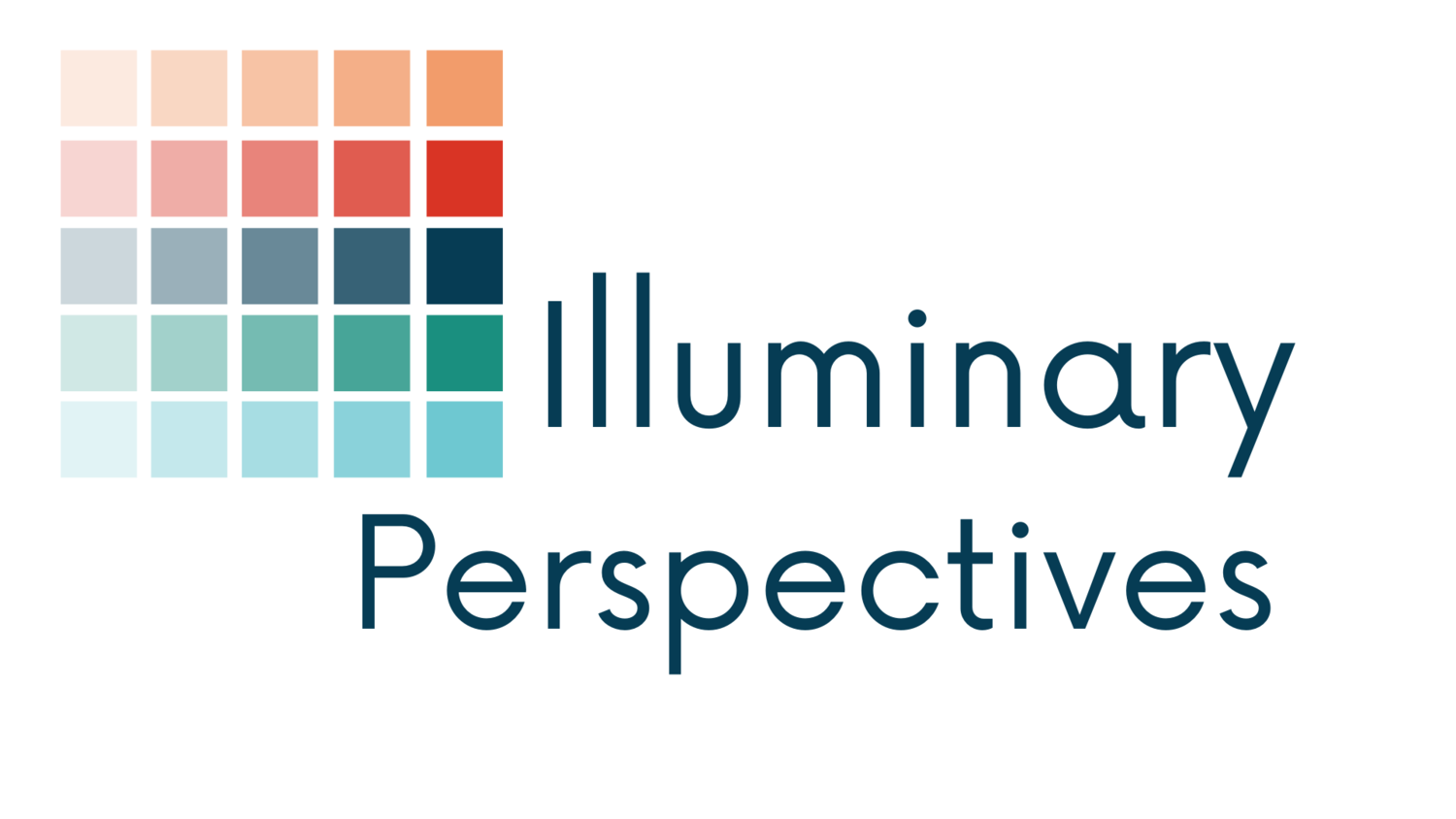Closing the loop: Reflect, engage, adapt
This if the fourth post in a series on purposeful learning. You can read past posts here: part one is on what purposeful learning is, part two is on asking meaningful questions, and part three is on gathering intentional evidence.
The last two steps in the purposeful learning cycle are to reflect and engage and change and adapt your actions. You’ve asked your meaningful question, you’ve gathered your intentional evidence connected to that question. Now it’s time to answer (as best you can - it may not be complete) that meaningful question by reflecting on and engaging with your evidence and engaging with others. And remember that when meaningful questions are answered, they change the way you work.
Peloton instructor says “Done and dusted”
Oftentimes, I work with clients that think that once the evaluation is done or the evidence is collected and analyzed, they are done. They did the thing. Check, done. But if we are learning purposefully, this is where the fun really begins. You have all this great, intentional evidence, now you get to make meaning of it. Going through these last two steps in the purposeful learning cycle (1) encourage using evidence to inform your work, (2) strengthen your learning and evaluation work by adding additional context and perspectives, and (3) improve the capacity of your group to learn.
I’m a big fan of the What? So What? Now What? model to facilitate these last two steps. It’s easy to implement and can be adapted in so many ways depending on who is involved and what kind of evidence you have. At its core, this process entails three simple questions:
WHAT does the evidence tell us, individually and collectively? Everyone will have a slightly different interpretation of the evidence based on their background, experiences, and positionality. It is important to identify and articulate what each person sees in the evidence and look for areas of similarity and difference. And what these similarities and differences tell us about the evidence and your meaningful question. It’s ok if everyone doesn’t agree on what the evidence is saying. It’s actually a great opportunity to push and pull at the nuance of the evidence. Maybe there’s a “both/and” you could explore.
SO WHAT insights can we draw from the evidence and why are those insights important? This is the step that I see a lot of people gloss over, but it’s actually the most important. This is where you think about what the evidence means to you, not just what it says. Why is this evidence meaningful (or not)? You can think of this step as answering your meaningful question. It’s also important to really reflect on and dig into why these insights based on the evidence are important to you and others. This will help surface the assumptions and values behind the insights.
NOW WHAT will you do differently moving forward? This is the action planning step. You spent all this time gathering intentional evidence and making meaning of it, now what are you going to do about it? What do you want to continue, strengthen, or elevate? What do you want to stop doing? What do you want to start doing? It’s important to actually make a plan in this step. It’s one thing to talk about what you want to do as a result of making meaning of the evidence. But unless you make a plan for how you are going to change and when, and then follow-up on that plan, nothing is going to change.
The most important thing as you move through these questions is to engage others with various perspectives in making meaning of the evidence. By engaging with multiple perspectives, you will collectively reach a more complete shared understanding of what the evidence means, why it’s important, and what to do next. Think about which perspectives are important to engage. I typically recommend at least the people responsible for implementing the program, making decisions for the program, and impacted by the program. Depending on your question and your situation, you may want to broaden that list.
Knowing your audience is key to determining the best way to move through the What? So What? Now What? process. Consider the following questions:
How well does the group know each other?
Does the group have experience and comfort engaging with and making meaning of evidence, either individually or collectively?
What are the power dynamics within the group and how will this affect how they engage with one another?
How familiar is the group with your work and your meaningful question(s)?
Your answers to these questions will influence your decisions about how to structure the What? So What? Now What? conversation.
There are many different ways that you can structure your What? So What? Now What? conversation. You can talk through these question in a discussion (which may be more appropriate for groups that know each other well and are comfortable making meaning of evidence). Or you can use facilitated or structure activities to move through the questions (which may be more appropriate for groups that don’t know each other well, aren’t used to making meaning of evidence, or have power dynamics that need to be balanced). You could go through all three questions in one meeting (which may be more appropriate for smaller amounts of evidence, a straightforward meaningful question, and/or a smaller group). Or separate each question into three sessions or more (which may be more appropriate if you have large amounts of evidence, a complicated or complex meaningful question, and/or a larger group).
Purposeful Learning cycle: (1) ask meaningful questions, (2) gather intentional evidence, (3) reflect and engage, (4) adapt or change actions
I find that when going through these final steps of the purposeful learning cycle, we often generate more questions than answers. We make meaning of the evidence we have gathered and dug deeper into our meaningful question. But through that process, we generate new curiosities and form new meaningful questions. And so the purposeful learning cycle continues.
Resources: If you would like to use a structure activity for making meaning of data, there are several places to look for inspiration that I regularly consult and use:
Catalogs of Resources:
Facilitation resources from Chris Corrigan
Specific Practices:
Impact Effort Matrix (for decision making and action planning)
What other practices or activities do you use?



